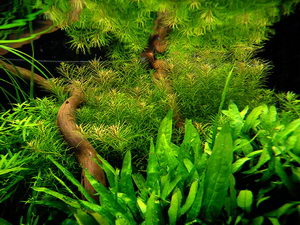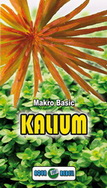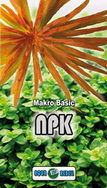Potassium (K)
Besides nitrogen and phosphorus, potassium is one of the three core nutrient elements for plants. It is absorbed as potassium cation (K+).
Potassium acts e.g. as an activator for approximately 60 enzymes, is present in cell water and cell plasma in high levels and, like chloride (Cl-), it is especially important for the osmoregulation of cells and tissue (intracellular pressure, opening and closing of the plant?s stomata). It fulfills its funtions as free ion, it is not integrated in organic structures. The high potassium concentration in cell plasma and in the chloroplasts stabilises the pH of the cells and plant tissue between 7 and 8. Lower pH values in the cell are responsible for a decreasing or even altogether halting enzyme activity, which brings many metabolic processes to a stop. Potassium also plays a vital part in photosynthesis, and many more biological functions within a plant are potassium-based. Thus a potassium deficit has a significantly negative effect on plants. Compared with other nutrients, K+ is highly soluble and very mobile within the plant.

The amount of potassium a plant absorbs is second after nitrogen, it is taken up in higher amounts than needed (?luxury consumption?) and stores well inside the plant. Thus, the dosage of nitrogen and potassium may be at a ratio of 1÷1. In nature, potassium is limitless (2 to 100 mg/l in natural waterbodies), and you should take good care that the potassium level in your tank never approaches zero.
Several studies suggest that many waterplants absorb potassium preferrably through their leaves.
The following Aqua Rebell fertilizers add potassium



